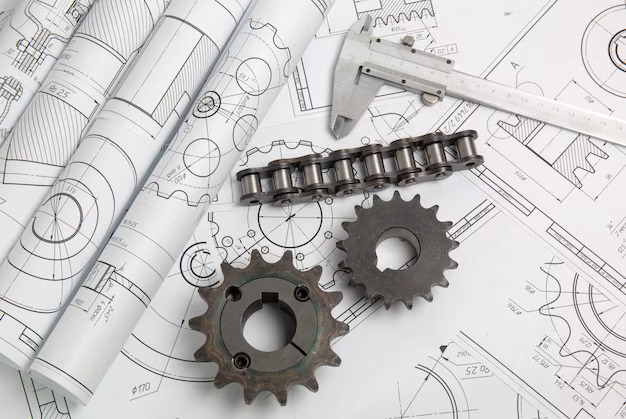
Engineering the Future: Exploring Emerging Trends in Engineering Design
The engineering design industry is continually evolving, driven by technological advancements, changing consumer demands, and the need for sustainable solutions. To stay competitive and innovative, professionals in this field must keep a close eye on emerging trends. In this blog post, we’ll explore some of the most noteworthy trends shaping the engineering design landscape.
- Digital Twin Technology
Digital twin technology is gaining prominence in engineering design. It involves creating a digital replica of a physical object or system. This twin allows engineers to monitor, analyze, and simulate real-world conditions, facilitating better decision-making throughout the product lifecycle. From building design to manufacturing processes, digital twins offer insights that can enhance efficiency and reduce costs.
- Artificial Intelligence (AI) and Machine Learning
AI and machine learning are transforming how engineers approach design challenges. AI-driven algorithms can optimize designs, predict failures, and automate repetitive tasks. Engineers can leverage AI for generative design, where the software generates multiple design iterations based on defined criteria, ultimately leading to more innovative and efficient solutions.
- Sustainable Design and Green Engineering
As sustainability becomes a global priority, the engineering design industry is placing a greater emphasis on eco-friendly solutions. Sustainable design practices are not only environmentally responsible but also economically viable. Engineers are integrating renewable energy sources, reducing waste, and designing buildings and products with a smaller carbon footprint.
- Additive Manufacturing (3D Printing)
3D printing, or additive manufacturing, is revolutionizing the production of prototypes, custom parts, and even entire structures. This technology allows for intricate and complex designs, reduced material waste, and rapid prototyping. It is becoming a standard tool in many engineering design workflows.
- Augmented and Virtual Reality (AR/VR)
AR and VR technologies are enhancing collaboration and design visualization. Engineers can use AR/VR to create immersive design environments, allowing stakeholders to experience and interact with designs before they are built. This leads to better-informed decisions and improved communication among team members.
- Data-Driven Design
Big data and analytics are playing a pivotal role in engineering design. Engineers can harness data to make informed decisions, predict equipment failures, optimize maintenance schedules, and improve overall system performance. Data-driven design helps ensure that products and systems meet evolving customer expectations.
- Collaborative Design Platforms
With engineering projects becoming increasingly complex, collaborative design platforms are essential. These platforms facilitate real-time collaboration among multidisciplinary teams, allowing engineers, architects, and other professionals to work seamlessly together, share insights, and make collective decisions.
Conclusion
The engineering design industry is undergoing a transformative phase, driven by technology, sustainability, and the pursuit of more efficient and innovative solutions. Professionals in this field must embrace these emerging trends to remain competitive and deliver cutting-edge solutions to meet the challenges of the 21st century. By leveraging digital twin technology, AI and machine learning, sustainable design principles, additive manufacturing, AR/VR, data analytics, and collaborative platforms, engineers are poised to shape a future where design meets functionality, efficiency, and sustainability in exciting new ways.